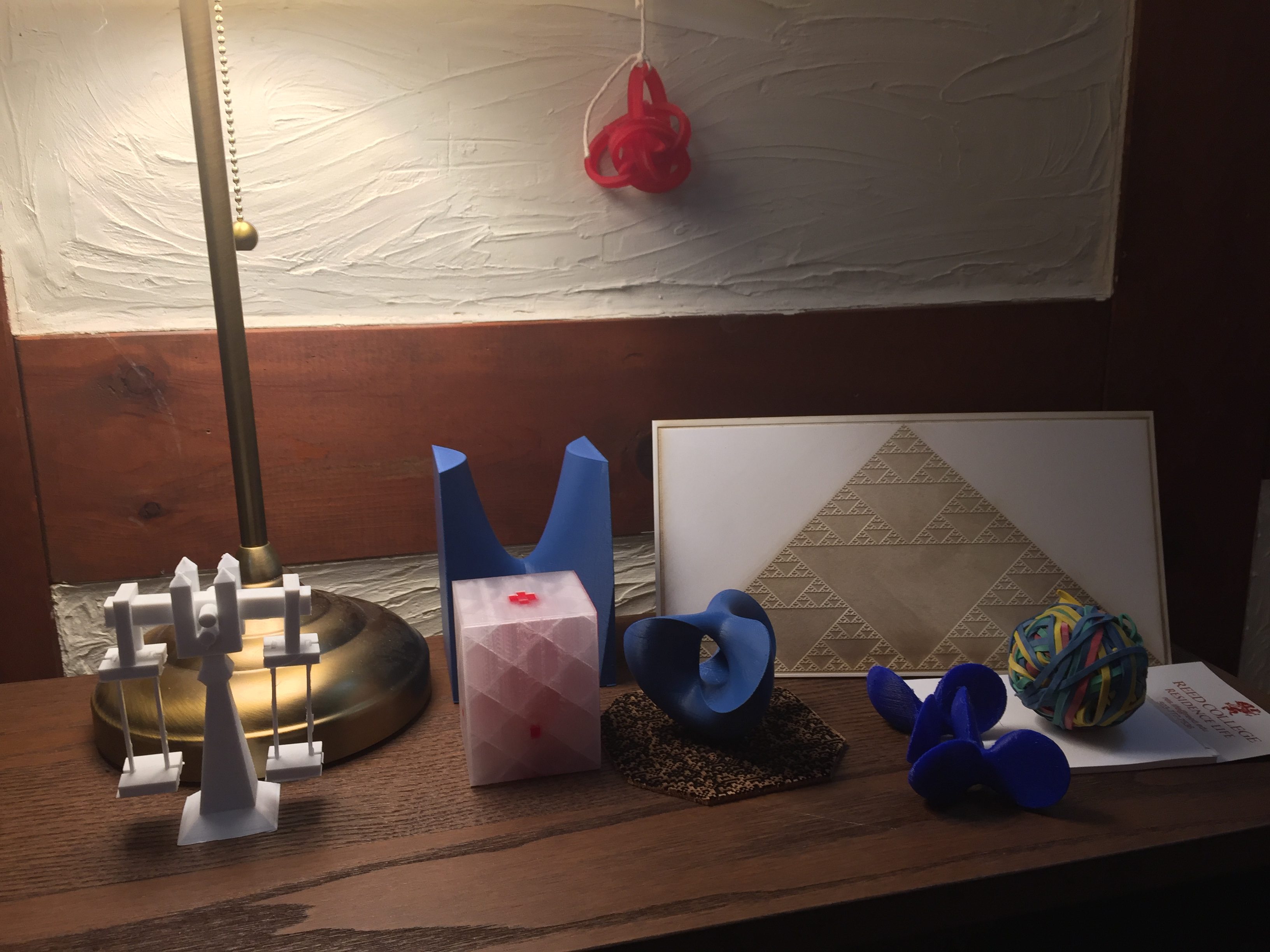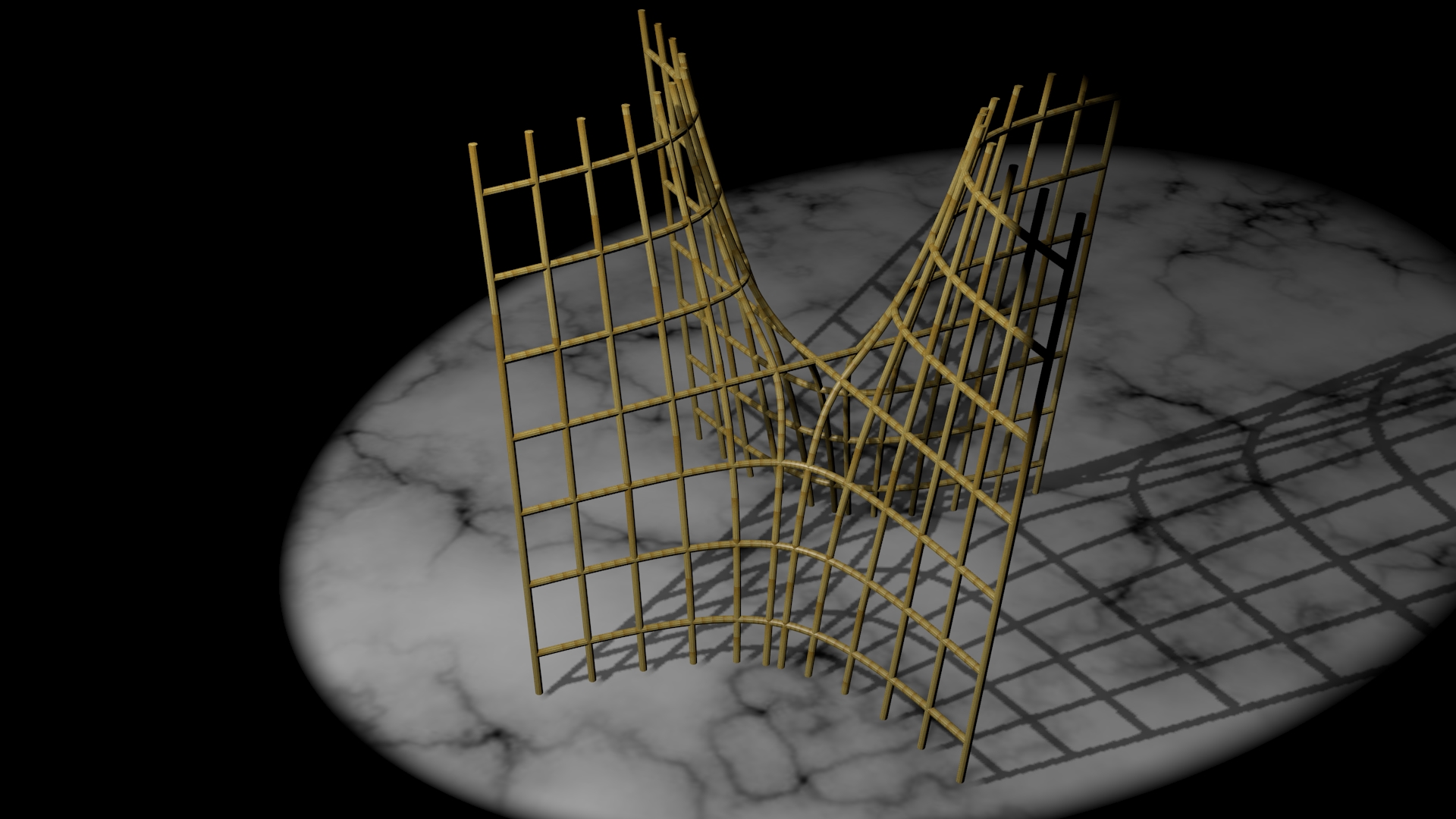
Perhaps you’re interested in 3D printing? Though full of possibilities, 3D printing has remained outside the realm of casual tinkering because of cost, accessibility, and standard procedure. Recently however, 3D printing has become relatively cost-friendly! You don’t even have to own your own printer; companies such as shapeways will print your models for you at a (usually) reasonable cost! Many universities are adopting one or more 3D printers as well (even non-engineering-or-design schools, such as Reed), so if you are student there is a good chance that you can get access to a printer in person. If you are intrigued by the actual printing process yourself, this is a great blog for technical info: Reed College Fab Lab. Continue reading “About 3D Modeling and Printing”
